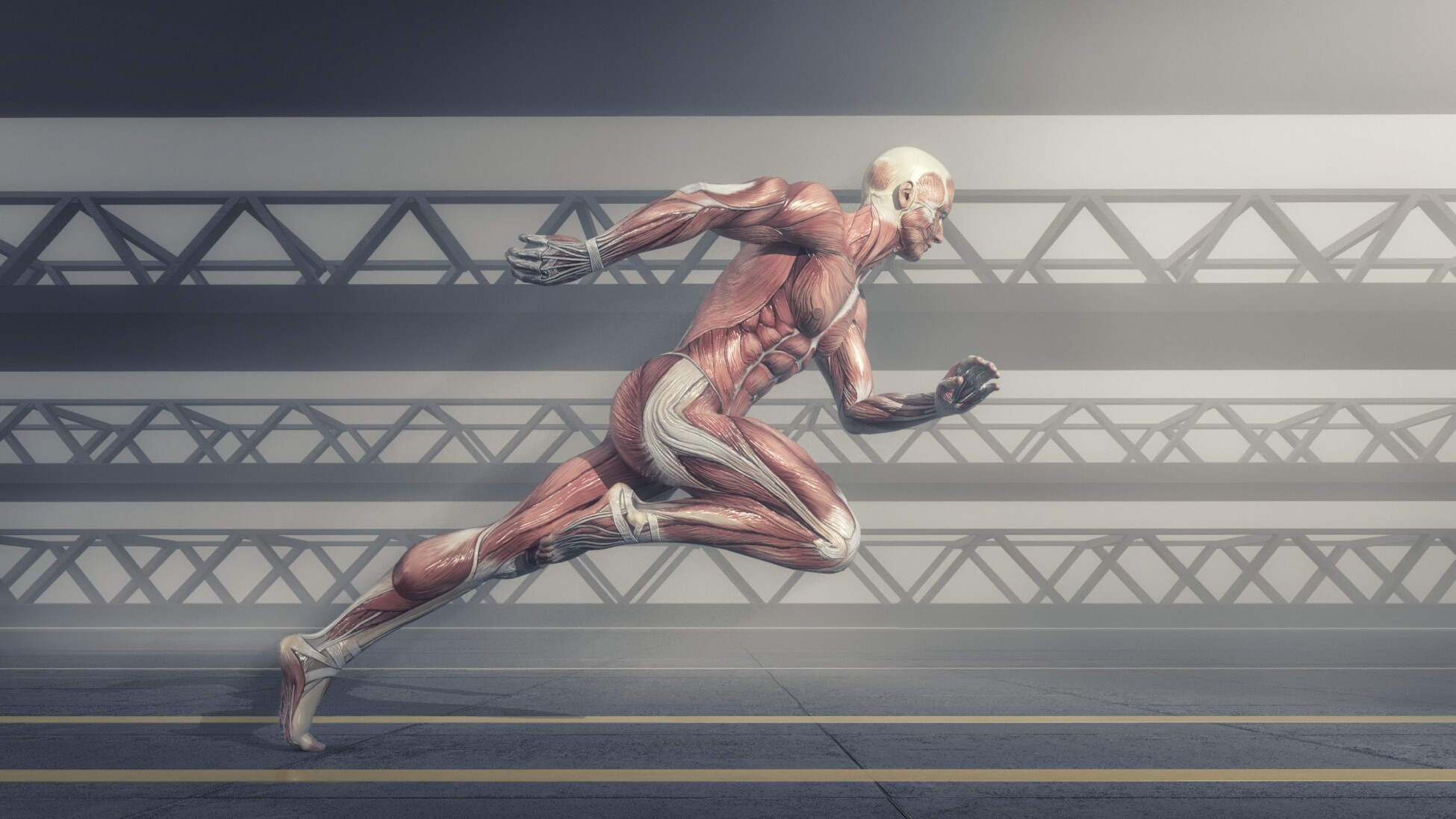
Sports Science
Sports science combines principles from physiology, biomechanics, psychology, and nutrition to study the human body’s response to physical activity and exercise.
Sports science combines principles from physiology, biomechanics, psychology, and nutrition to study... View more
Teaching physics from the din of flying discs
-
Teaching physics from the din of flying discs
Disc golf is booming, with record numbers of players turning up each year to partake in the disc-throwing sport. It is also whizzing and whistling. In fact, the sound a disc makes while soaring through the air toward its target is full of information about how fast the disc is flying and how quickly it spins.
This insight inspired Kyle S. Dalton of Penn State University to combine his two interests, disc golf and acoustics, into an interactive acoustic signal processing lesson. Dalton will present his work Dec. 4 at 3:40 p.m. Australian Eastern Daylight Time as part of Acoustics 2023, running Dec. 4-8 at the International Convention Centre Sydney.
“When I took the introductory signal processing course in the acoustics curriculum, some of the example datasets we used came from noise sources such as aircraft, racecars, and fireworks displays,” said Dalton. “These datasets were effective for teaching new signal processing techniques, but those noise sources aren’t accessible to most students if they want to collect more data or experiment on their own.”
Dalton set three microphones in a line, spaced 25 feet apart, and connected them to equipment that converts each microphone’s signal to a data point on the computer. When he threw a disc with a small whistle mounted on top across the line of microphones, he recorded the flying disc’s acoustical signal.
“Listening to the disc allows me to capture multiple properties of the disc’s flight and observe the disc over a larger portion of its flight than is possible with some other measurement techniques,” Dalton said. “Radar guns are often used in disc golf to measure throw velocity, but don’t provide information on how fast the disc is spinning.”
Students can use the resulting dataset to learn basic processing tools and practice data visualization, using the Doppler shift to determine velocity, among other important lessons.
This experiment can be done in an open space, with a basic setup, and a practiced arm.
Sorry, there were no replies found.
Log in to reply.
